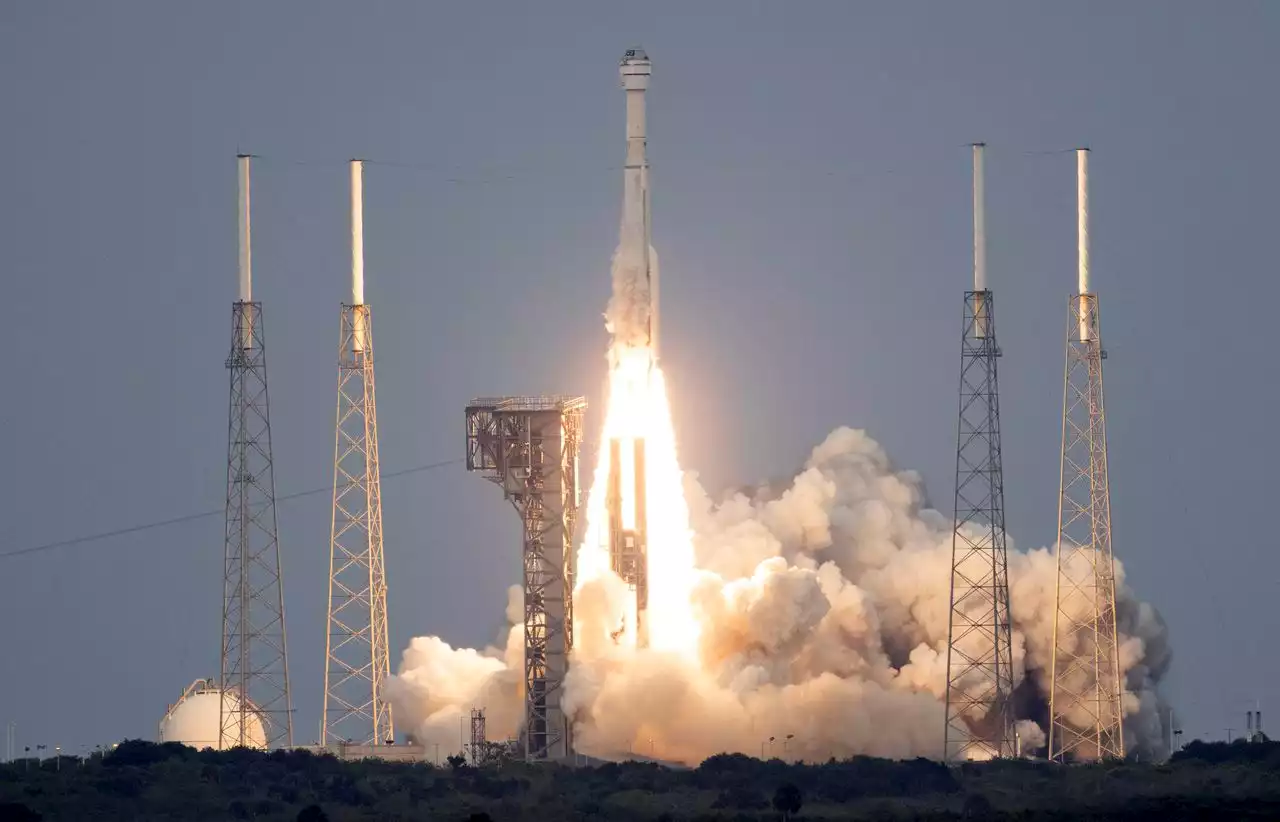Tereza is a London-based science and technology journalist, aspiring fiction writer and amateur gymnast. Originally from Prague, the Czech Republic, she spent the first seven years of her career working as a reporter, script-writer and presenter for various TV programmes of the Czech Public Service Television. She later took a career break to pursue further education and added a Master's in Science from the International Space University, France, to her Bachelor's in Journalism and Master's in Cultural Anthropology from Prague's Charles University. She worked as a reporter at the Engineering and Technology magazine, freelanced for a range of publications including Live Science, Space.com, Professional Engineering, Via Satellite and Space News and served as a maternity cover science editor at the European Space Agency.
The company has so far only demonstrated how the technology works in simulated space-like conditions in a test chamber. Mitsubishi researchers printed an antenna dish 6.5 inches wide that performed in tests just as well as a conventional satellite antenna. The sensitivity of antennas is directly related to their size; the larger the antenna, the better it detects and transmits its signal.
So, by 3D-printing antennas directly in space, operators would not only save money, as their satellites would be lighter, they would also be able to fit much smaller satellites with much larger antennas than they can today. The technology, the company said in an emailed statement, paves the way for the"3D printing of very large structures in space," which wouldn't fit into a rocket fairing at all.
The photosensitive resin is also heat resistant and can survive in temperatures of up to 750 degrees Fahrenheit , which is higher than what spacecraft experience in orbit around
Norge Siste Nytt, Norge Overskrifter
Similar News:Du kan også lese nyheter som ligner på denne som vi har samlet inn fra andre nyhetskilder.
 New 3D printers at SAISD schools allow students to express creativity and learnSeveral San Antonio Independent School District schools are using new 3D printers to create exciting STEM opportunities for their students.
New 3D printers at SAISD schools allow students to express creativity and learnSeveral San Antonio Independent School District schools are using new 3D printers to create exciting STEM opportunities for their students.
Les mer »
 Elementary school students help turtle zoom around again with 3D-printed wheelsPrairie Queen Elementary School students banded together to make sure that Shelly the tortoise would be one step closer to mobility, with the help of their 3D printer and a little bit of creativity.
Elementary school students help turtle zoom around again with 3D-printed wheelsPrairie Queen Elementary School students banded together to make sure that Shelly the tortoise would be one step closer to mobility, with the help of their 3D printer and a little bit of creativity.
Les mer »
 Boeing's Starliner space capsule launched on key test flight to orbitBoeing's new Starliner capsule was launched Thursday on a do-over uncrewed test flight bound for the International Space Station, aiming to deliver the company a much-needed success after more than two years of delays and costly engineering setbacks.
Boeing's Starliner space capsule launched on key test flight to orbitBoeing's new Starliner capsule was launched Thursday on a do-over uncrewed test flight bound for the International Space Station, aiming to deliver the company a much-needed success after more than two years of delays and costly engineering setbacks.
Les mer »
 Boeing crew capsule launches – finally – and heads toward space stationIf everything goes well, two or three NASA test pilots could strap in by the end of this year or early next for the company’s first crew flight.
Boeing crew capsule launches – finally – and heads toward space stationIf everything goes well, two or three NASA test pilots could strap in by the end of this year or early next for the company’s first crew flight.
Les mer »
 The Lunar Eclipse, Seen From the International Space StationIf you were able to witness the lunar eclipse on May 15-16, 2022, the view of the dark red Moon was stunning. But what would such an eclipse look like from space? Wonder no longer. ESA/Italian astronaut Samantha Cristoforetti captured a series of photos of the lunar eclipse from her unique vantage point aboard the … Continue reading 'The Lunar Eclipse, Seen From the International Space Station'
The Lunar Eclipse, Seen From the International Space StationIf you were able to witness the lunar eclipse on May 15-16, 2022, the view of the dark red Moon was stunning. But what would such an eclipse look like from space? Wonder no longer. ESA/Italian astronaut Samantha Cristoforetti captured a series of photos of the lunar eclipse from her unique vantage point aboard the … Continue reading 'The Lunar Eclipse, Seen From the International Space Station'
Les mer »
 Earthbound Space Dust Comes From Solar System's EdgeFor the first time, researchers confirm dust from the zodiacal cloud comes from more than 2 billion miles from Earth. Click the link below to find out more.
Earthbound Space Dust Comes From Solar System's EdgeFor the first time, researchers confirm dust from the zodiacal cloud comes from more than 2 billion miles from Earth. Click the link below to find out more.
Les mer »
